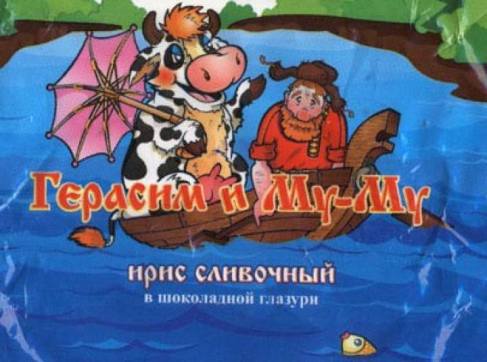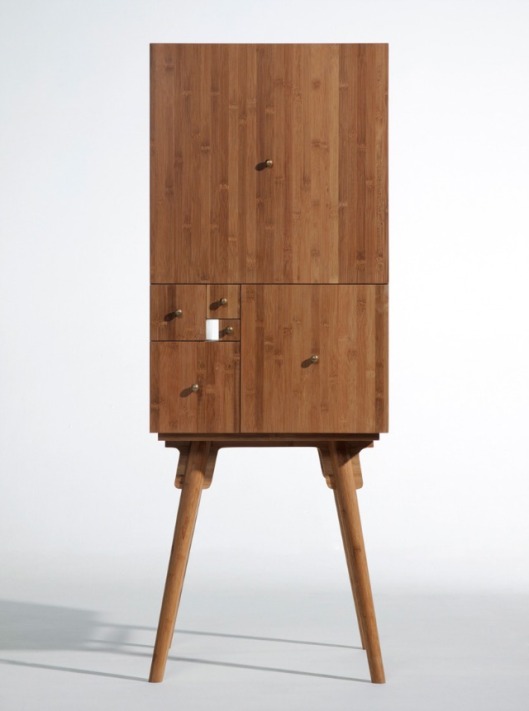Валерий Брюсов
МИР N ИЗМЕРЕНИЙ
Высь, ширь, глубь. Лишь три координаты.
Мимо них где путь? Засов закрыт.
С Пифагором слушай сфер сонаты,
Атомам или счет, как Демокрит.
Путь по числам?— Приведет нас в Рим он.
(Все пути ума ведут туда!)
То же в новом — Лобачевский, Риман,
Та же в зубы узкая узда!
Но живут, живут в N измереньях
Вихри воль, циклоны мыслей, те,
Кем смешны мы с нашим детским зреньем,
С нашим шагом по одной черте!
Наши солнца, звезды, все в пространстве,
Вся безгранность, где и свет бескрыл,
Лишь фестон в том праздничном убранстве,
Чем их мир свой гордый облик скрыл.
Наше время — им чертеж на плане.
Вкось глядя, как мы скользим во тьме,
Боги те тщету земных желаний
Метят снисходительно в уме.
 A fight in the Ukrainian Parliament serendipitously fits into the classical “golden spiral” composition. Caravaggio would be proud. Read more in The Guardian and The Huffington Post.
A fight in the Ukrainian Parliament serendipitously fits into the classical “golden spiral” composition. Caravaggio would be proud. Read more in The Guardian and The Huffington Post.


